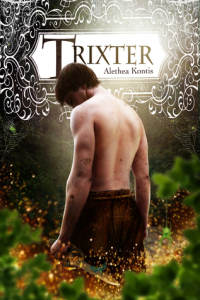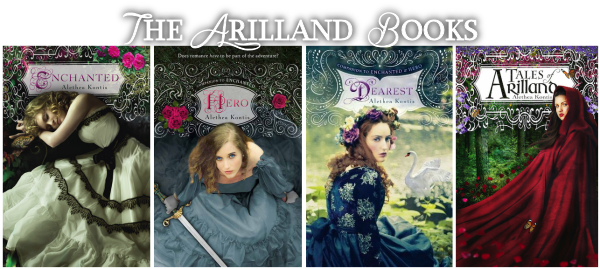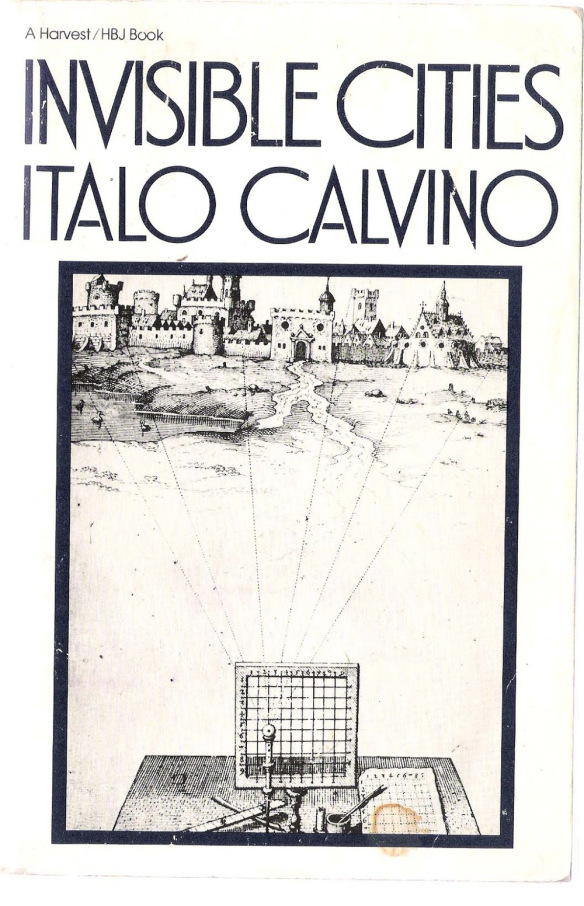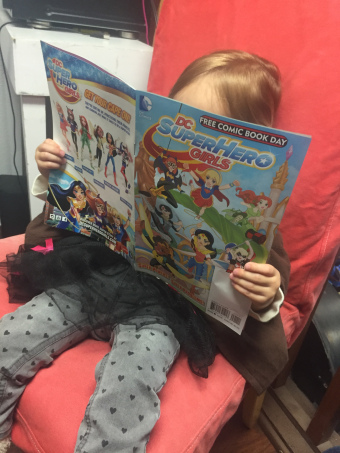I have many feelings about Alethea Kontis’ Woodcutter Sisters series. The first two books were adorable, enchanting, and just total feel-good reads. The third book was a big mess. Which is probably why the author’s contract for the rest of the series didn’t get renewed and she started writing spin-off adventures about the Woodcutter’s young brother Trix. This book is a cute middle grade adventure that didn’t offer many new things and is rather weak, but still kind of nice. You know… for a lazy afternoon when you don’t know what else to read.
 TRIXTER
TRIXTER
by Alethea Kontis
Published by: Alethea Kontis, 2015
Ebook: 144 pages
Series: The Trix Adventures #1
My rating: 6/10
First sentence: Trix Woodcutter ignored the twinges in his belly and the ache in his heart as he raced across the meadow.
Trix Woodcutter is the long prophesied Boy Who Talks to Animals. He’s also a foundling prankster scamp who places his family under a sleeping spell so that he can run away from home. Compelled by a vision of his dead birthmother, Trix departs on the eve of a Great Catastrophe, only to find himself caught in the maelstrom. Armed with little more than his wits and the wisdom inherent in all fey-blooded youth, Trix confronts a legendary Animal King, faces off against a ghostly feline, rescues a damsel in distress, and discovers more about himself than he ever wished to know.
And this adventure is only the beginning.

This book picks up right where Trix runs away from the Woodcutter family after having poisoned them with a sleeping potion in the main series about the Woodcutter Sisters. How could Trixter know that his sisters’ adventures would literally make the world turn upside down? So this neat little middle grade book starts with chaos. Trix is running away, plagued by his guilty conscience and unsure of what to do when he reaches his destination. He sets out because of visions of his birth mother whom he now seeks. On the way, he encounters many fantastic creatures, makes new friends, fights scary enemies, and, oh yeah, turns from the 10-ish year-old boy into the hunky teen that’s on the cover.
I actually have very little to say about this book. As a slim volume, it doesn’t offer very much. The chapters are very episodic – just right to read to a child before bed – and every episode ends with the protagonist mostly safe. So if you do read this to kids, you don’t have to worry about nightmares or cliffhangers. Which is, I guess, a legitimate way to write a children’s book. But – as I have said many, many times when talking about YA and children’s books – kids are not idiots. Authors are allowed – encouraged, even – to challenge their young readers. Characters can be just as complex as in an adult novel, especially if the plot is so very straightforward and predictable. If the plot is more intricate, then it’s okay to have less three-dimensional characters. But Alethea Kontis presents us with a simple plot and either completely good or completely evil characters.
What I did enjoy were some of the creatures Trix meets on his adventure. The three-headed lingworm, for example, was pure delight. Missing one head, the two remaining ones provide adorable bickering between them and made for an enjoyable chapter. The same goes for Lizinia, the (literally) golden girl Trix picks up at some point. Her back story is that of Frau Holle, a fairy tale I have always loved and which doesn’t get nearly as much love from people writing retellings as it should. Lizinia could be such an intriguing character, being made of pure gold, but her potential isn’t used at all. She is clearly just there to present a later love interest for Trixter who is turned into an older looking teen. Because magic.
The fairy tales that make up part of this world could have been used to discuss interesting themes. Some fairy tales could have been questioned, the character’s motives could be explained, the Good/Bad could be flipped. There are so many things you can do with stories that basically everyone knows to some degree. And Kontis doesn’t use any of them. Her Frau Holle story, although the gold and pitch ending is a bit different than in the original, is just that. The Frau Holle tale, whose moral is that girls who are good at housework and do chores without complaining are rewareded, while those who can’t bake bread properly or want to laze around instead of shaking out the beds every day, are punished severely. I was quite sad that nothing is every questioned or explored.

Plot-wise, 90% of the book is travelling around, fighting off killer wasps, meeting animals and magical creatures, and then WAY too suddenly reaching the destination. Once Trix is where he set out to go, information starts coming in at a break-neck speed. He learns truths about his birth mother, about himself, about the world he lives in. All of that was delivered in one, maybe two, chapters, which made the ending feel incredibly rushed. The book also doesn’t really end, it is simply the set-up for Trixter’s next adventure, which is only a continuation of this adventure.
This isn’t a bad book. It is competently written (even though I much prefer books that play with language rather than just use it to get the job done), there are some cute ideas in there, and Trixter is such a Good Guy that he’s easy to root for. But there is also nothing really original that managed to hook me. I had a nice afternoon with this book but I doubt I’ll be reading the sequel, Trix and the Faery Queen. I do think, however, that this would make a good gift for younger children.
MY RATING: 6/10 – Good-ish

Save
Advertisements Share this:- More





